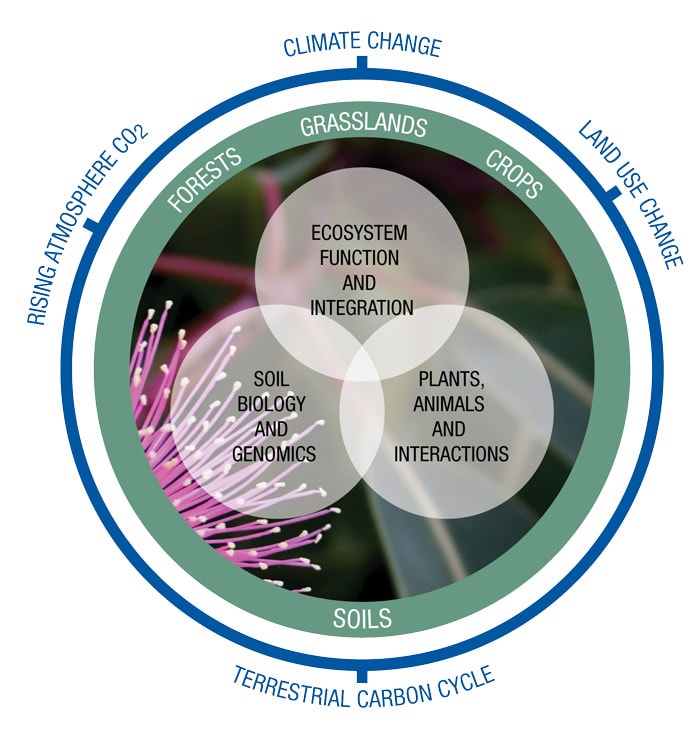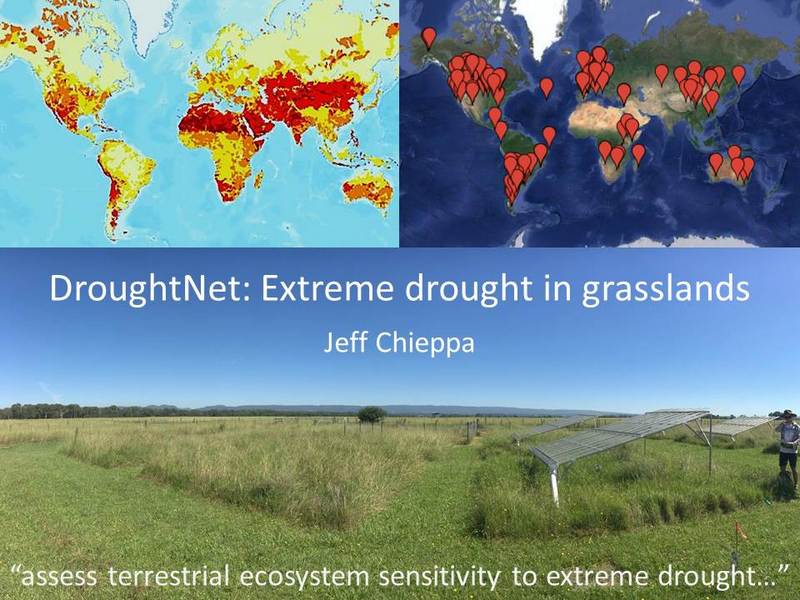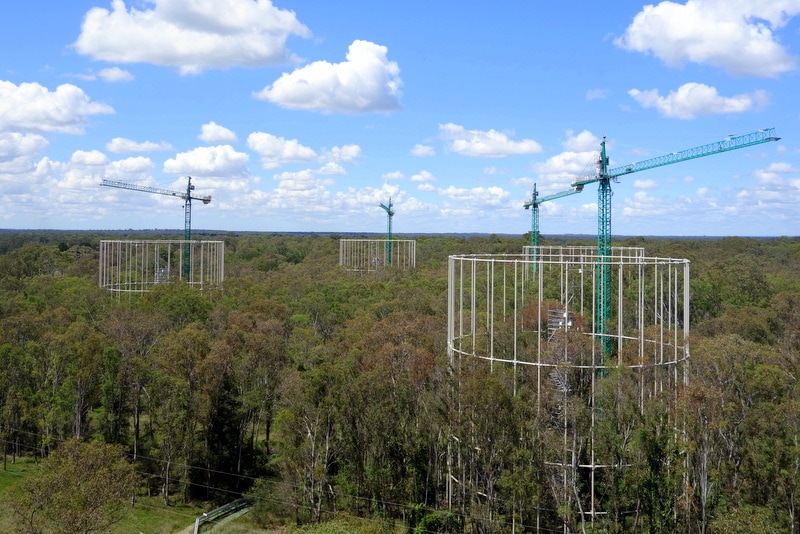In this second edition of Centre Spotlight, we’re visiting HIE at Western Sydney University for a look at some incredible facilities and a team of experts drawn from around the world to build insights into our changing environments—from genes to whole ecosystems.
Established in 2010, HIE was the first of Western Sydney University’s dedicated research institutes, designed to foster a model where excellence in science is achieved by targeted investment in ground-breaking research, with world-class experimental and academic facilities. Indeed, many of you may have visited our colleagues at HIE over the years through collaborations with TERN or use of our land observatory research infrastructure.
Based on HIE’s tremendous performance and growth in that short time, the model has proven itself with exceptional ratings in all Excellence in Research Australia (ERA) rounds, especially the most recently-released ERA4 in early 2019 where HIE achieved eight 5-Star Ratings in:
- Ecological Applications
- Soil Sciences
- Ecology
- Evolutionary Biology
- Microbiology
- Plant Biology
- Zoology
- Forestry Sciences
HIE’s new Director of Research, Professor Benjamin Smith, joined HIE from the University of Lund in Sweden in late 2018. Prof Smith‘s role is to foster excellence, collaboration and direction in the pursuit of solutions to address the immense challenges of a world that is changing faster than any human has ever experienced.
“HIE operates across three research themes – Soil Biology and Genomics; Plants, Animals and Interactions; and Ecosystem Function and Integration,” explains Ben.
The themes reflect HIE’s model of research from the most fundamental molecular biology and plant science to investigations of ecosystem and climatic processes at a global scale.
“This means we can provide insights into large-scale issues at a level that offers valuable and useable knowledge,” says Ben.
“And, we are committed to sharing our knowledge with our communities and the world, through active public communication programs, well-established collaborations with dozens of institutions across the globe, and through the many students and visitors that come to HIE to share and learn with us. If you wish to undertake research at HIE, we have a number of ways you can achieve that.”

World-class facilities
HIE is perhaps most well-known for the EucFACE experiment, itself part of TERN’s Ecosystem Processes infrastructure network and much-visited by many TERN users and collaborators over the years.
EucFACE is designed to simulate the atmosphere of the future and assess the impacts that rising carbon dioxide will have on Australia’s native woodland ecosystems.
Operating since 2012, EucFACE has already produced some compelling insights. Researchers are starting to see how elevated carbon levels are producing varied and interesting results on the functioning of forests. One of the key findings is that forest productivity did not increase very much with the additional carbon in the atmosphere – findings that go against the ‘carbon fertilisation’ hypothesis.
Associate Director of HIE, Professor Mark Tjoelker, explains the significance of this finding:
“It is widely expected that extra carbon in the air would contribute to an increase in the growth and carbon sequestration of Australian eucalypt forests,” says Mark.
“Results from EucFACE indicate that forest productivity did not increase very much – and it seems to be because of a lack of phosphorus in the soil that constrains tree growth. This has major implications for models that base their projections on the ability of subtropical and tropical forests to increase their carbon sequestration.”

A culture of collaboration
A positive scientific culture is highly-influential in fostering a workplace environment that enables students to complete their studies on time and scientists to produce excellence in their research.
HIE’s Director, Professor Ian Anderson, outlines why culture is an essential part of HIE’s success.
“Firstly, everyone at HIE is considered part of the team,” says Ian.
“We offer our students the opportunity to play a formative role in real-world research, limitless opportunities for self-development through seminars, training in skills such as data analysis, R, scientific writing and other essential skills, and access to the best equipment available. We expect that most PhD students will complete at least one peer-reviewed publication before they graduate, because this sets them up for excellence in their science careers. Our graduate success rate is exceptional with many moving into specialist roles in government, science and private industry quickly.”
- You can find out more about HIE’s involvement in TERN’s Cumberland Plain SuperSite here.








